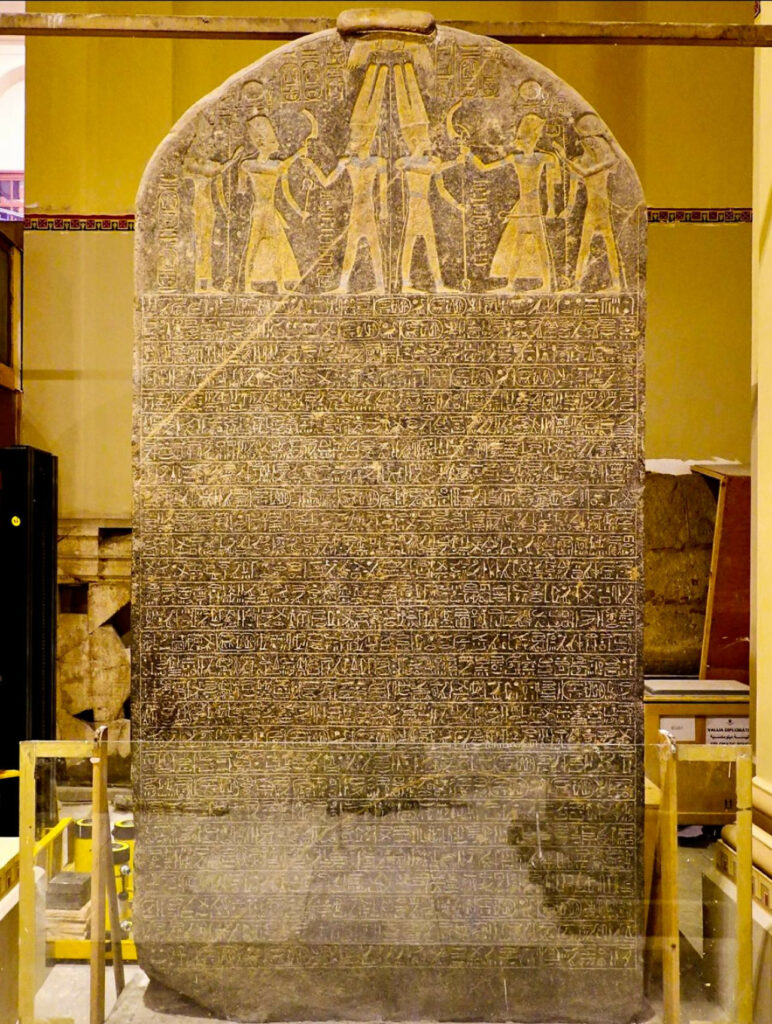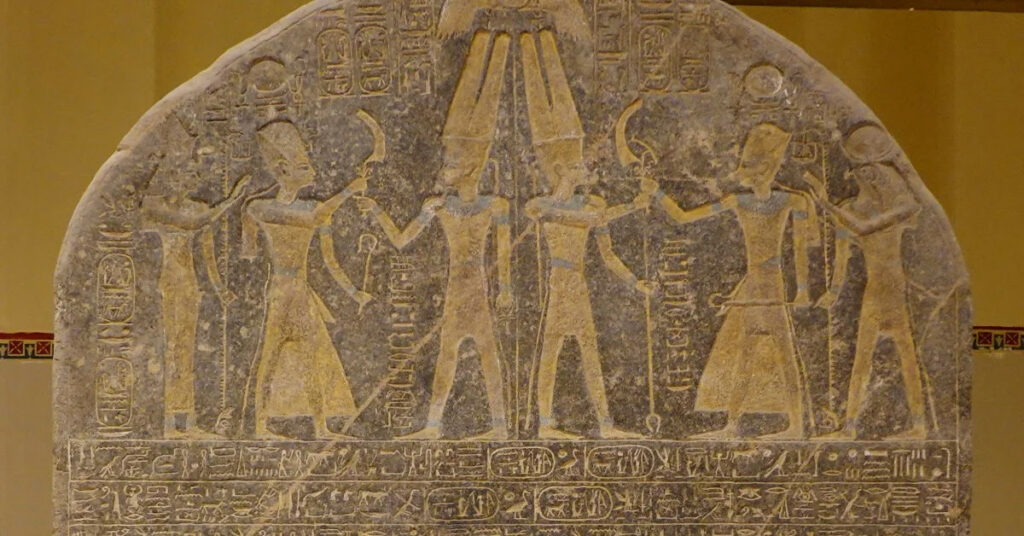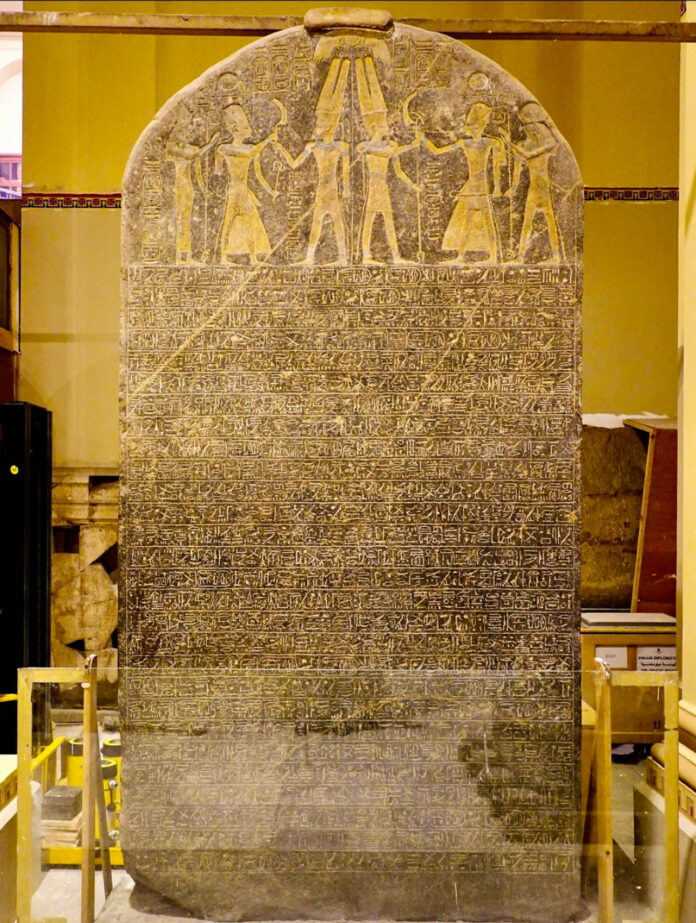A Pharaoh’s Victory and an Unexpected Historical Treasure

In the annals of ancient history, few artifacts hold as much significance as the Merneptah Stele. This ancient Egyptian inscription, dating back to the reign of Pharaoh Merneptah (1213-1203 BC), holds a unique place in the study of the ancient Near East. Why? It contains the earliest known reference to “Israel” in any Egyptian text.
The Stele’s Momentous Revelation

As Merneptah’s scribes etched his military triumphs into stone, they unknowingly created a historical treasure trove. Among the list of conquered peoples and cities, one name stood out: Israel. The inscription boldly declared:
“Israel is laid waste and his seed is not;”
This brief mention speaks volumes. It confirms that by the late 13th century BC, Israel was a recognizable entity in Canaan, significant enough to be noted alongside other established powers in the region.
Beyond the Bible: Corroborating Ancient Texts
For historians and archaeologists, the Merneptah Stele is a goldmine. It provides a rare extra-biblical reference to Israel, offering valuable insights into the geopolitical landscape of the time. The stele paints a picture of a turbulent Canaan, with Egypt asserting its dominance over various groups, including the emerging Israelites.

A Window into the Past
While the stele boasts of Israel’s defeat, its very mention paradoxically affirms Israel’s importance. This artifact not only sheds light on Egypt’s military campaigns but also on the complex interactions between different peoples in the ancient Near East.

As we study the Merneptah Stele, we’re reminded of the power of archaeological discoveries to illuminate the distant past. This ancient inscription continues to fascinate scholars and history enthusiasts alike, offering a tangible connection to a world long gone but not forgotten.

